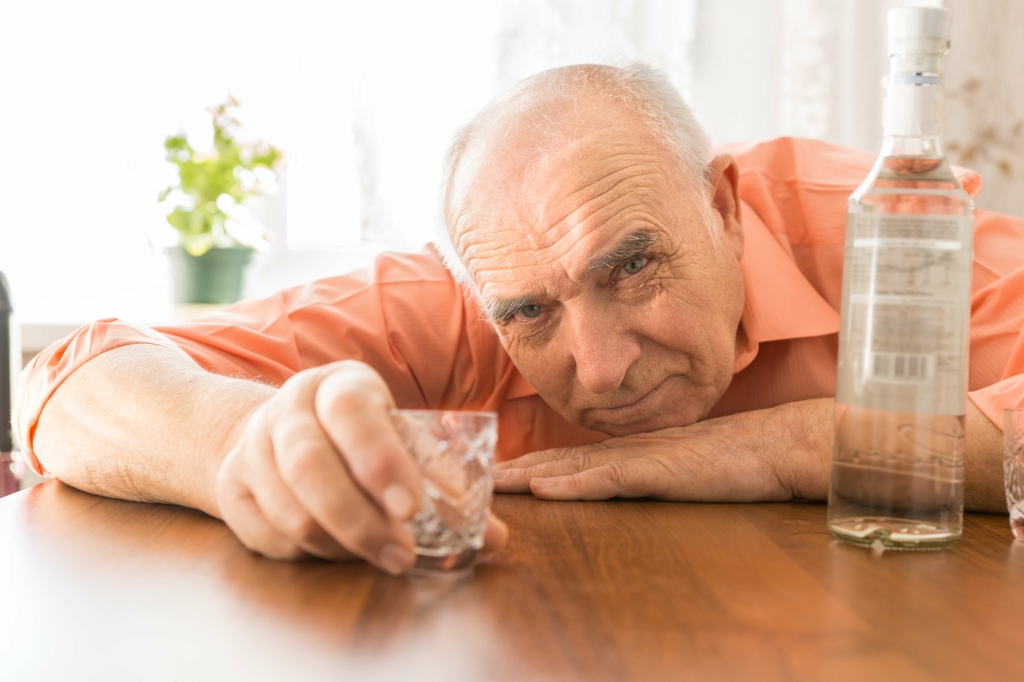Alternative therapies such as acupuncture, art therapy, and music therapy can enhance the recovery process by addressing healing’s physical, emotional, and creative aspects. Encourage your loved one to seek professional help and offer your support throughout their recovery journey. If you need help remembering to take your dose of Xanax on time, try using a medication reminder. This can include setting an alarm or downloading a reminder app on your phone. Xanax has been used off-label to help with anxiety and sedation before medical procedures, including dental work.
Physical dependence and withdrawal reactions. XANAX can cause physical dependence and withdrawal reactions.

Also, be sure to contact your doctor as soon as possible if you have any symptoms of misuse or addiction, or any concerns about them. Misuse refers to taking a drug for a purpose or in a way that a doctor has not prescribed. People often misuse drugs to produce a pleasurable, calm, or high feeling. Misuse can lead to addiction, which is when you’re unable to stop taking a drug, even though it may be causing harm. To treat panic disorder in adults, the recommended starting dosage of Xanax is 0.5 mg three times per day. To treat generalized anxiety disorder (GAD) in adults, the typical starting dosage of Xanax is 0.25 mg to 0.5 mg, three times per day.

How Can One Recognize Early Signs of Xanax Addiction?
Misusing Xanax can lead to dependence, addiction, and other adverse effects. The main causes of Xanax addiction are prescription misuse, recreational use, co-occurring mental health disorders, genetic factors, environmental factors, and stressful life events. The treatment of Xanax Addiction has to be done comprehensively to ensure effectiveness and minimize the risk of a relapse. Sometimes, usage is gradually tapered until it’s stopped to reduce withdrawal symptoms effects. This dependency is marked by a strong craving for the drug, compulsive use, and continued use despite negative consequences to one’s health, social life, and overall functioning. Xanax addiction is a serious condition that requires professional treatment to safely manage withdrawal symptoms and address the underlying issues contributing to the addiction.
Unmanaged acute withdrawal can escalate to life-threatening complications. Physical and cognitive deficits reinforce reliance on the drug for everyday functioning. These behaviors often precede recognition of physical dependence. By amplifying GABA’s effects, Xanax indirectly suppresses dopamine release in reward pathways and attenuates glutamate-mediated excitation. This central nervous system downshift causes sedation, memory impairment, and slowed motor coordination. Chronic exposure rewires synaptic plasticity, heightening anxiety and restlessness when the drug is absent.
Outpatient Alcohol Rehab in Columbus, Ohio: Definition, How it Works, Types, Benefits, Treatment Approaches, Cost
Emotional dysregulation—difficulty managing intense emotions—is a common issue for individuals struggling with Xanax addiction. Many people turn to Xanax to numb or escape from overwhelming emotions such as anxiety, anger, or sadness. DBT addresses this issue by teaching skills to manage emotions more healthily, reducing the reliance on substances like Xanax. For individuals with a long history of Xanax use, a high dosage dependency, or significant withdrawal risks (such as a history of seizures), inpatient detox is generally the safest choice. Conversely, for those with milder dependencies and strong external support, outpatient detox may be a viable option that offers greater flexibility. The tapering process is highly individualized and based on the dosage, duration of use, and overall health of the individual.

- This article provides several useful tips on medication disposal.
- Since 2017, prescriptions for Xanax have declined, but misuse remains widespread.
- It’s important that you do not increase your dose or take more than prescribed unless you first talk with your doctor.
Our treatment services are catered toward discovering and implementing solutions for sustained, long-term recovery. With the love and support of your family, and loved ones, we make sure to treat your addiction by understanding the root reasons behind it. We do everything in our power to help you succeed in breaking the cycle of addiction, and know that with the right kind of help, everyone is capable of healing. Contact us and we can begin the process of amphetamine addiction treatment building a life worth living. Recognizing the signs of Xanax addiction, such as mood swings, withdrawal from responsibilities, and physical symptoms like drowsiness or tremors, is the first step to helping someone with Xanax addiction.
At BOLD Health, we will closely monitor you throughout your treatment plan and adjust as needed. Symptoms could start a few hours after you last take a short-acting benzodiazepine. With long-acting benzodiazepines, it might take up to 3 weeks to notice withdrawal symptoms.
Xanax Addiction Symptoms: Warning Signs, Risks, and Treatment Options
To make the transition off Xanax smoother, doctors usually recommend tapering slowly. Stopping Xanax safely with a taper might take a few weeks or longer, depending on how long the medication was used and how the body reacts. For instance, a small number of people report feeling more irritable or agitated, even though the medication is meant to reduce stress. Emotional numbness or restlessness can also show up, though these reactions are less common. Xanax side effects can show up early in treatment or after a dose change.
Individuals who abuse Xanax are at a higher risk of developing co-occurring mental health disorders such as depression and bipolar disorder. In fact, Benzodiazepine use is more common in people with severe mental illness and substance use disorders, complicating their treatment. Detoxification, or detox, is the process of stopping the use of a harmful substance, which can occur gradually or rapidly depending on the drug. For Xanax addiction, detox is typically gradual due to potentially severe withdrawal symptoms, necessitating medical supervision to manage complications and adverse effects. The most effective treatment for benzodiazepine use disorder is to gradually reduce how much of the drug you use under the supervision of a medical professional. You can do this in a treatment facility or hospital, or at home with the help of your doctor.
Family therapy
Mild side effects of many drugs tend to fade in a couple of days or a few weeks. But if you find that the side effects bother you, talk with your medical professional or pharmacist. We will curate the ideal benzodiazepine addiction treatment program for you and your lifestyle, including San Diego IOP options. No matter how long it takes, we’ll be by your side to help guide and support you on your recovery journey. It’s vital to know the drug’s risks and signs of Xanax addiction before it’s too late. Benzo addiction, including Xanax, is a growing public health concern.
Accessing Community Resources and Support Groups for Long-Term Support #
Relapse prevention is a crucial component of long-term recovery. It involves developing the skills and strategies needed to maintain sobriety, identify and manage triggers, and respond effectively to challenges. Relapse prevention is an ongoing process that requires vigilance, self-awareness, and a commitment to personal growth. By making these practices a regular part of life, individuals can create a balanced and fulfilling lifestyle that supports xanax addiction their ongoing recovery from Xanax addiction. Numerous case studies and success stories demonstrate the effectiveness of MAT in treating Xanax addiction. These examples highlight the benefits of combining MAT with behavioral therapies for sustained recovery.
The Purpose and Goals of Detox in Xanax Addiction Treatment #
While highly effective, it requires patience and strict adherence to medical advice. Recovery is a journey that extends beyond the initial stages of treatment. It involves a commitment to personal growth, continuous self-awareness, and the development of healthy habits and coping mechanisms.